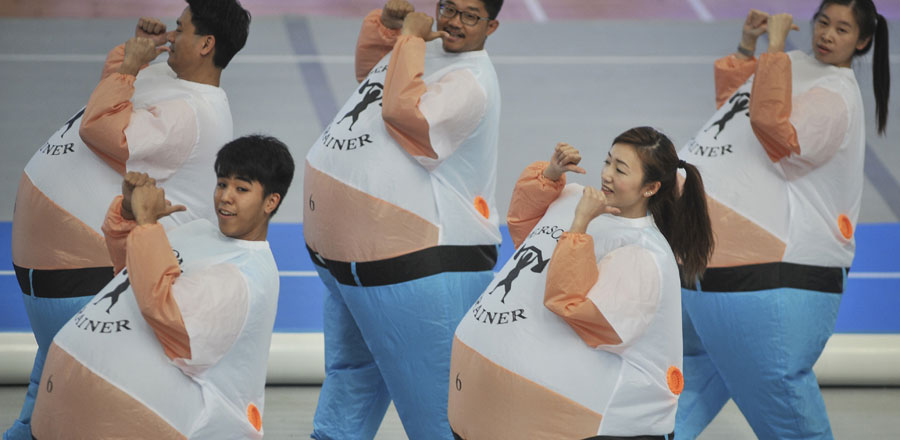
Shenyang, capital of Liaoning province, and the rest of the northeastern province, are under heavy pressure to restructure their decades-old manufacturing sector as part of supply-side reforms.
Liaoning was the only province to report a negative GDP growth-minus 1 percent-in the first half of this year.
However, the northeastern area, consisting of Liaoning, Jilin and Heilongjiang provinces and part of Inner Mongolia autonomous region, was among the first in the country to develop as a heavy industry base in the last century.
The region largely relies on heavy and chemical industries, energy resources, raw materials and a large proportion of State-owned enterprises.
China's first campaign to revitalize the region spanned the 2003-13 period. As a result, significant and historical changes were achieved in infrastructure construction and the development of heavy industries.
However, the campaign has failed to achieve a breakthrough in structural adjustment and institutional innovation, and the region's contradictions and problems have been exposed once again vis-à-vis China's economic transformation and upgrading.
And the weakened overseas demand and failing commodity prices over the past year worsened the situation and led to a slowdown.
Some traditional industries in Liaoning, such as mining and equipment manufacturing, saw a sharp revenue decrease in the first six months.
Though many traditional industries are in trouble, and struggling to get out of trouble through innovation and upgrading, emerging industries reported rapid growth in the January-June period.
Consumption, tourism and the tertiary sector have also contributed more to the regional economy. In the January-June period, tourism revenue increased by 13.3 percent in Liaoning.
"Economic downward pressure will push Liaoning to speed up the reform. Seen from this angle, difficulties are opportunities too. The tertiary sector may get a breakthrough for an economic recovery," said Liang Qidong, vice director of the Liaoning Academy of Social Sciences.








